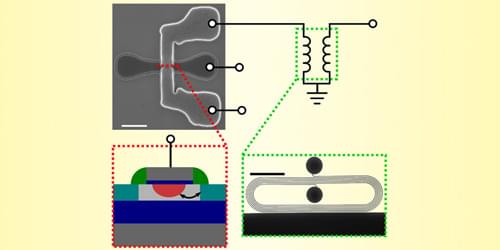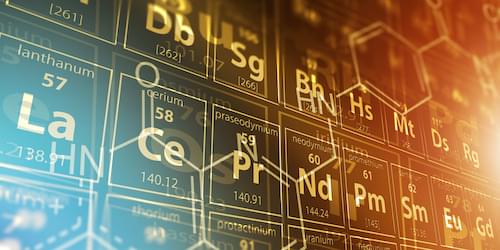New schemes based on Rydberg superatoms placed in optical cavities can be used to manipulate single photons with high efficiency.
The past decade has witnessed swift progress in the development and application of quantum technologies. Many promising directions involve using photons, the smallest energy packets of light, as carriers of quantum information [1]. Photons at optical wavelengths can be quickly transported through optical fibers over long distances and with negligible noise, even at room temperature. Unfortunately, one drawback is that photons do not normally interact with each other, which makes it challenging to manipulate a photon with another photon. Optical photons also couple weakly with other quantum systems, such as superconducting qubits, which makes it hard to interface these platforms with photons.








